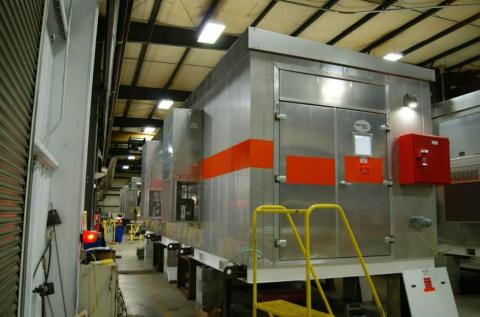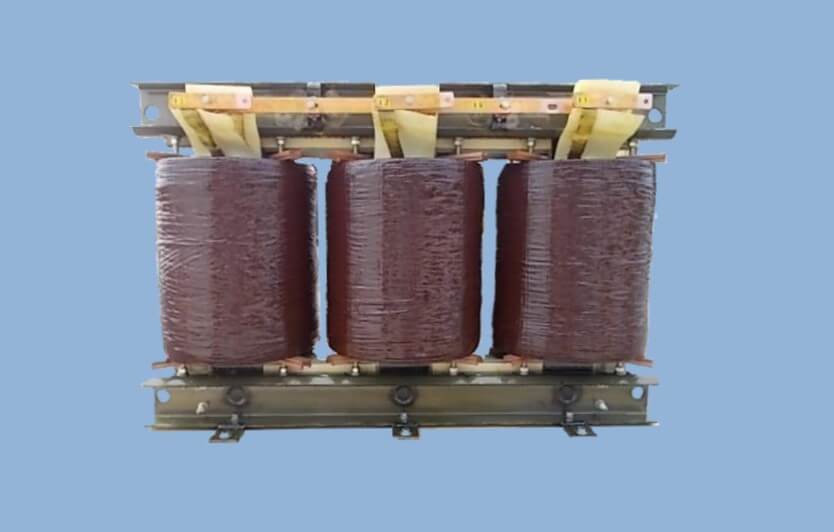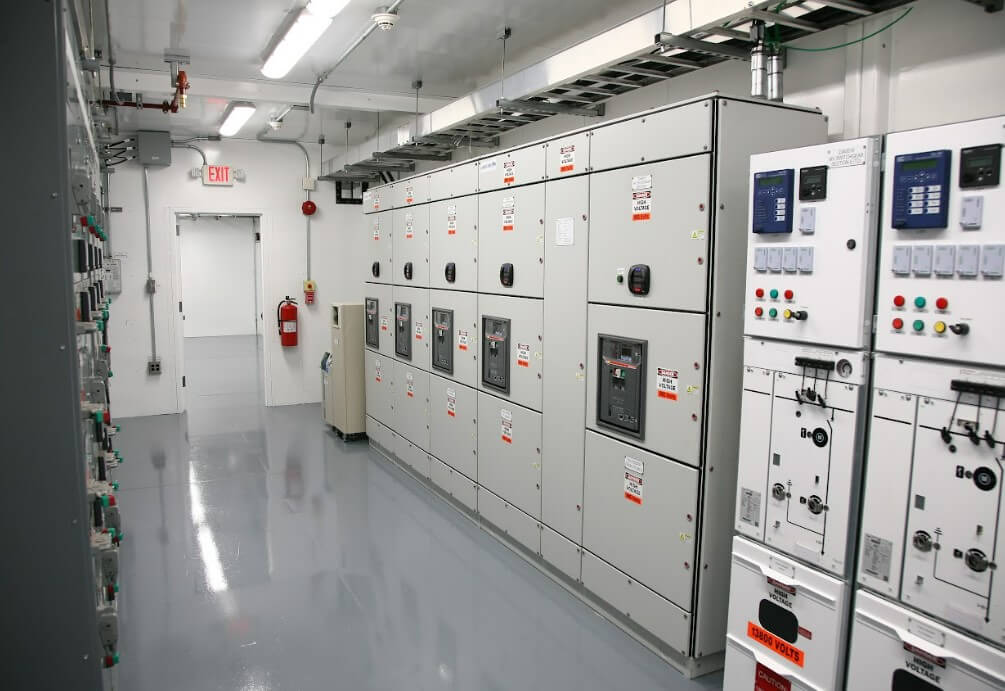
The railway industry is the backbone of transportation infrastructure, ensuring the efficient movement of goods and passengers across vast distances. A crucial yet often overlooked aspect of railway operations is power distribution. Effective power distribution systems ensure that trains run smoothly, signals function properly, and railway stations operate seamlessly. Without a reliable power management system, railway networks can experience delays, safety hazards, and costly inefficiencies.
In this blog, we explore the role of power distribution in railway management, the challenges faced in maintaining reliable systems, and the innovative solutions that companies like Swartz Engineering provide to optimize railway operations.
The Importance of Power Distribution in Railway Management
Power distribution is the foundation of railway operations, supplying electricity to locomotives, signaling systems, control centers, and passenger amenities. Unlike other transportation modes, railways require highly specialized electrical networks that integrate multiple components while ensuring uninterrupted power flow.
Key Functions of Power Distribution in Railways:
- Electrification of Trains – Electric trains depend on overhead power lines or third rails for propulsion. These systems require stable and high-voltage power distribution to maintain operational efficiency.
- Signaling and Control Systems – Modern railways rely on advanced signaling technologies to prevent collisions and regulate train movement. These systems need consistent power to function effectively.
- Railway Stations and Terminals – Lighting, HVAC systems, ticketing machines, and security systems in railway stations depend on reliable power distribution networks.
- Communication Systems – Railways use communication networks for dispatching trains and coordinating schedules. Without adequate power, these networks can fail, leading to significant disruptions.
Challenges in Railway Power Distribution
Despite its importance, railway power distribution faces several challenges. Some of the most common issues include:
1. Power Fluctuations and Outages
Railway networks operate 24/7, making them highly susceptible to power surges, fluctuations, and outages. Even a short disruption can cause major delays, leading to financial losses and customer dissatisfaction.
2. Aging Infrastructure
Many railway networks worldwide rely on decades-old power distribution infrastructure. Aging transformers, switchgear, and transmission lines can lead to frequent failures and inefficiencies, requiring costly maintenance and upgrades.
3. Load Management Issues
The electrical load in railway systems fluctuates based on the number of trains in operation, station activities, and peak travel times. Without proper load balancing, electrical systems may become overloaded, leading to breakdowns.
4. Harsh Environmental Conditions
Railways operate in diverse environments, from urban transit systems to remote mountainous routes. Power distribution components must withstand extreme temperatures, humidity, and other environmental factors.
5. Integration of Renewable Energy
With the push for sustainability, railways are increasingly integrating renewable energy sources like solar and wind power. Managing hybrid power distribution systems that combine traditional and renewable energy sources presents a significant challenge.

GET IN TOUCH
In a hurry? Call us at 276-285-3841
Innovative Solutions for Efficient Railway Power Distribution
Swartz Engineering specializes in cutting-edge power distribution solutions tailored to railway management. Our advanced technologies help railway operators overcome challenges and ensure uninterrupted power supply.
1. Smart Grid Technology for Railways
A smart grid integrates digital communication with power distribution systems to enhance efficiency and reliability. Smart grids enable real-time monitoring, predictive maintenance, and automatic fault detection, reducing downtime and operational disruptions.
2. High-Efficiency Transformers and Substations
Upgrading old transformers and substations with modern, high-efficiency models significantly improves power reliability. Swartz Engineering provides state-of-the-art transformers designed for railway applications, ensuring stable power distribution across networks.
3. Load Balancing and Energy Storage Solutions
To prevent power overloads, railway operators can implement dynamic load balancing systems. Additionally, energy storage solutions like battery backup systems help manage power demand during peak times and provide emergency power during outages.
4. Remote Monitoring and Automation
Using IoT-based monitoring solutions, railway operators can track power distribution performance in real time. Automated control systems can quickly respond to power failures, rerouting electricity to maintain operational continuity.
5. Integration of Renewable Energy
Swartz Engineering helps railway operators integrate renewable energy sources into their power distribution networks. Solar panels and wind turbines can supplement traditional power systems, reducing carbon emissions and operational costs.

GET IN TOUCH
In a hurry? Call us at 276-285-3841
The Future of Power Distribution in Railway Management
As railways continue to modernize, the role of power distribution will become even more critical. Emerging technologies and smart infrastructure solutions will drive greater efficiency, sustainability, and reliability.
1. Adoption of AI and Machine Learning
Artificial intelligence (AI) will play a key role in predictive maintenance, identifying potential power failures before they occur. Machine learning algorithms can optimize energy consumption and enhance system efficiency.
2. Expansion of Electrified Rail Networks
With a global push toward sustainability, more railway networks will transition from diesel-powered locomotives to fully electrified systems. Advanced power distribution technologies will be necessary to support this transition.
3. Development of Resilient Power Grids
To prevent outages caused by extreme weather events and cyber threats, railway operators will invest in resilient power grids with built-in redundancies and cybersecurity measures.
4. Increased Use of Hydrogen-Powered Trains
Hydrogen fuel cell technology is gaining traction as an alternative to traditional electrification. Power distribution networks will need to adapt to incorporate hydrogen energy systems into railway operations.
Conclusion
Power distribution is a fundamental aspect of railway management, ensuring seamless operations, safety, and efficiency. From train propulsion to station utilities, a well-designed power distribution system is essential for modern railways.
At Swartz Engineering, we are committed to providing innovative power distribution solutions tailored to the unique needs of railway networks. Whether upgrading aging infrastructure, integrating renewable energy, or implementing smart grid technology, our expertise helps railway operators achieve optimal performance and reliability. By embracing advanced technologies and sustainable energy solutions, the future of railway power distribution is set to become more efficient, resilient, and environmentally friendly.
Products We Offer
Swartz Engineering strives to provide top-quality products to achieve our customer's needs. Our products include:
- Type 76 DC Relay
- Type 82 DC Relay
- Swartz Engineering’s Type 64 Ground Relay
- Type 32 Reverse Current Relay
- Type 150 DC
- CSM Shield Monitor
- Metal Oxide Surge Arrestors
- Transducers
- MVIS SL Slim-line Contactor
- Fully-tested Power Control Rooms
- Swartz Engineering’s Portable Substations
For nearly half a century, we have proudly led the industry in ensuring safety and efficiency. Swartz Engineering is a trusted family-owned company dedicated to providing top-notch power distribution solutions for the electrical industry. Contact us today!
